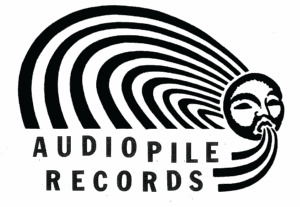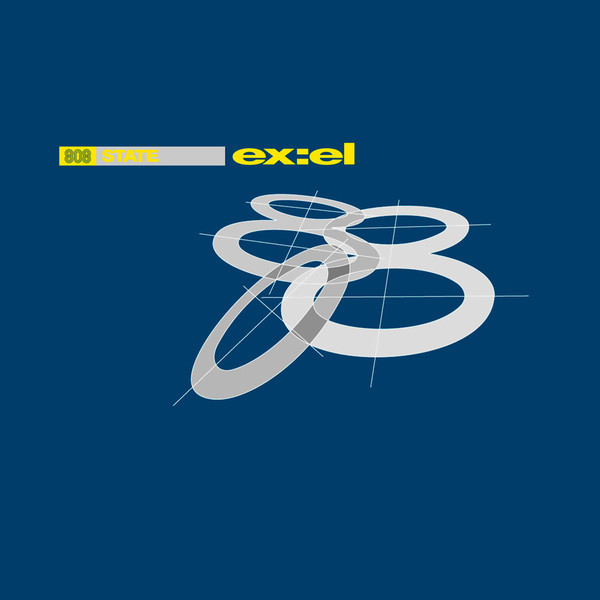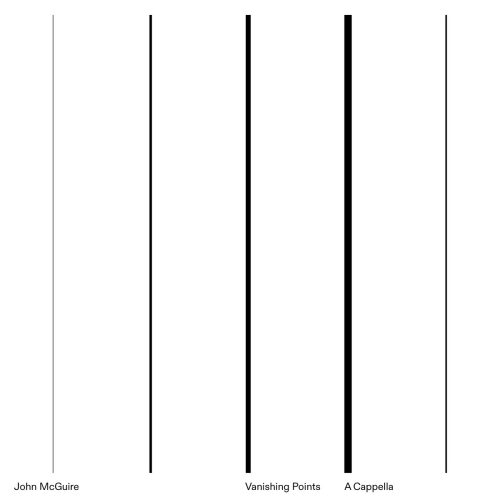Oxide Manifesto
Label: Castles In Space
Genre: Electronic, Highlights
$34.99
Out of stock
Audiopile Review: Regular readers of this here humble email might recall the name Paul Cousins and his highlighted Vanishing Artefacts LP, released last year via Castles In Space, the imprint also behind this newest effort. His obsession with the ephemeral nature of tape continues onward with the appropriately titled Oxide Manifesto, once again utilizing tape to record his explorations of vintage synths, then playfully re-working the spools into warbled mini symphonies via physical tape manipulation, ranging from lightly fussed smearing to full-on crumpling. While comparisons of his previous work to masters of temporal contortionists like William Basinski and Leyland Kirby are warranted, Cousins is now charting his own course here, crossing their warped revisions of the past with his own analogue synth overtures, bringing to mind the Ghost Box aesthetic as if run through the Disintegration Loops. It’s an alluring synthesis that doubles down on those hypnagogic approaches for a remarkably fresh take. Big recommendation.
***
Oxide Manifesto is intended as an audio sketchbook, which explores a particular method of creating music. It aims to link obsolete machines and experimental composition. In recording it, I embraced as many techniques of working with magnetic tape as possible. I gave myself the freedom to lean into the perceived flaws of tape as a recording format. Often we hear ‘it’s not about the equipment’. But on this album the equipment is in equal focus to the music.
Wow, flutter, wonky pitch, abrupt edits, hiss, rough tape loops, rewinds, half-speed, mains hum.
I started building an archive of sound-art experiments using the following method. Compose an idea and record it quickly. Deconstruct its elements onto tape loops or spools. Set up an equipment patch, then perform using reel-to-reel machines and effects. Record the result and discard the original idea. After collecting enough pieces, I began to edit and organise them into a structure. By this point I had fragments of music, linear studio experiments, structured and partially destroyed songs. The finished album serves as a sonic diary as I explored this specific way of working.
Use distinct stages in your process. Capture performances. Use limitations.
I recorded most of this album at my old studio on Hornsey Road. It was the smallest room imaginable. A former cupboard with a tiny window and no soundproofing. Inside temperatures ranged between 30 degrees in summer and 0 degrees in winter. Phantom radio interference came from the Post Office depot opposite. It made mid-1970s tape machines unusable. Thankfully, whatever components Akai used in the 1960s fared better.
Try to work fast when possible. Don’t be afraid to throw something away. Be patient.





